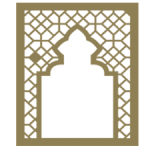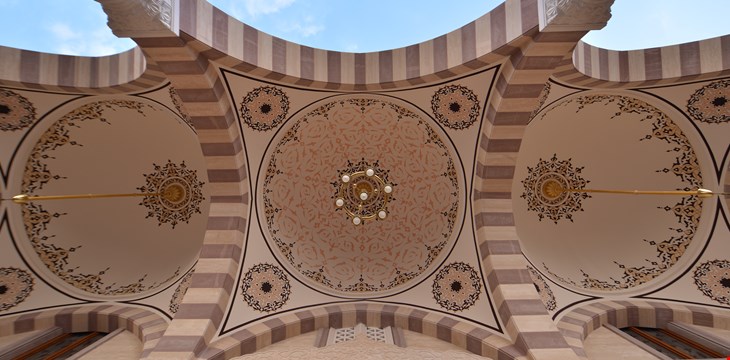Nakkaş is an artist who paints, paints and decorates (kalemkar). It is the name given to artists who make ornamental art.
Nakkaş art is the process of processing, painting and decorating the inside of the dome and ceiling of mosques, masjids, tombs, pavilions, palaces, mansions and mansions with different materials. The art of decoration shows differences according to cultural, traditional structure and aesthetic understanding. Thanks to our artistic values and cultural heritage, which are the accumulation of past periods, different developments in the field of science and art have been carried to the present day. It is obvious that motifs and designs, of which great examples were encountered in the past, are on the verge of disappearing today. The examples of mosque muralists, which have survived without losing their original form, continue to reflect the described aesthetics with all its beauty.
In the Ottoman Empire, the words embroidery and description were used for painting, and the names of muralists and musavvir were used for miniature artists. In the Nakkaşhane, which was built in the Topkapı Palace, all kinds of works are carried out, from painting books to miniaturization, processing and painting of mosques and palaces, thanks to the muralists who are under the command of the head of the muralist. It is reported that about five hundred masters worked in this Nakkaşhane during the reign of Mehmet the Conqueror. This art emerged in Iran and continued to develop. During the reign of Suleiman the Magnificent, a workshop was built for the master named Şahkulu, who was brought from Iran, and he produced works of art with his diary. Şaban Usta and Kara Memi, who were famous miniature and illumination masters in the Ottoman Nakkaşhane, also worked together during this period.
Nakkaş did not only put their works in books. They are embroidered on the dome or ceiling surfaces of mosques, large and ostentatious buildings, politically important structures, window edges, door edges. The first examples were seen in some parts of Topkapı Palace and later in mansions and other buildings. Artists raised by the Ottoman state: Baba Nakkaş, Sinan Bey, Nakkaş Osman, Kara Memi, Seyyid Lokman, Matrakçı Nasuh, Levni.
Due to today’s technological developments, the spread of photography and the advancement of printing technology have caused the art of muralists to lose their importance. It can be done by very few artists anymore.
















